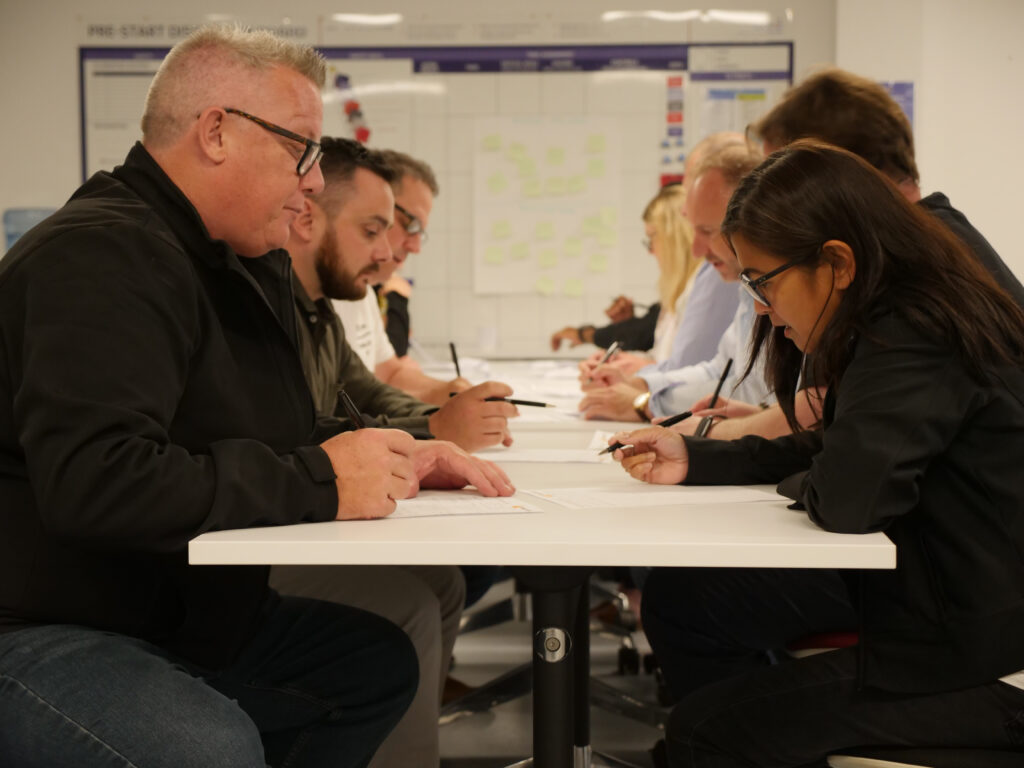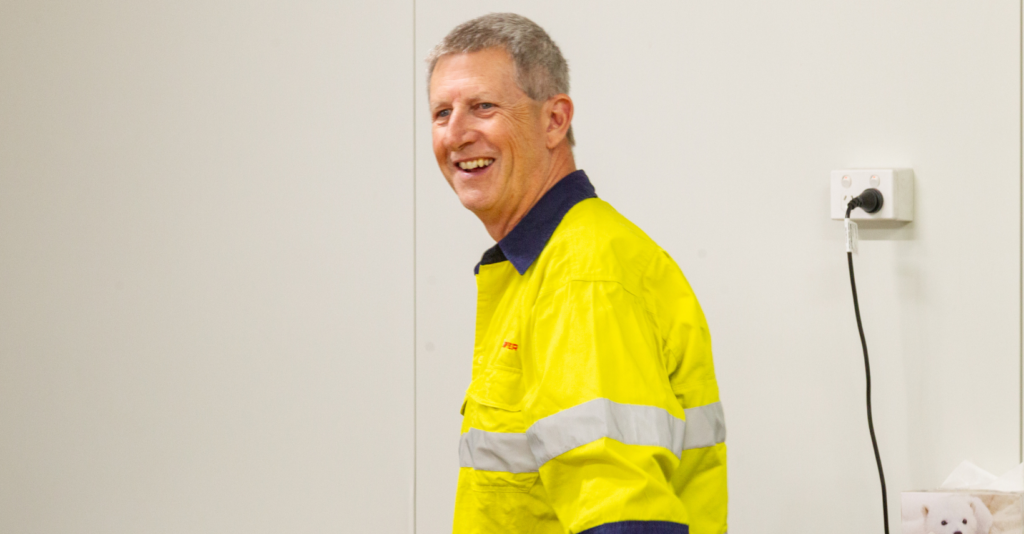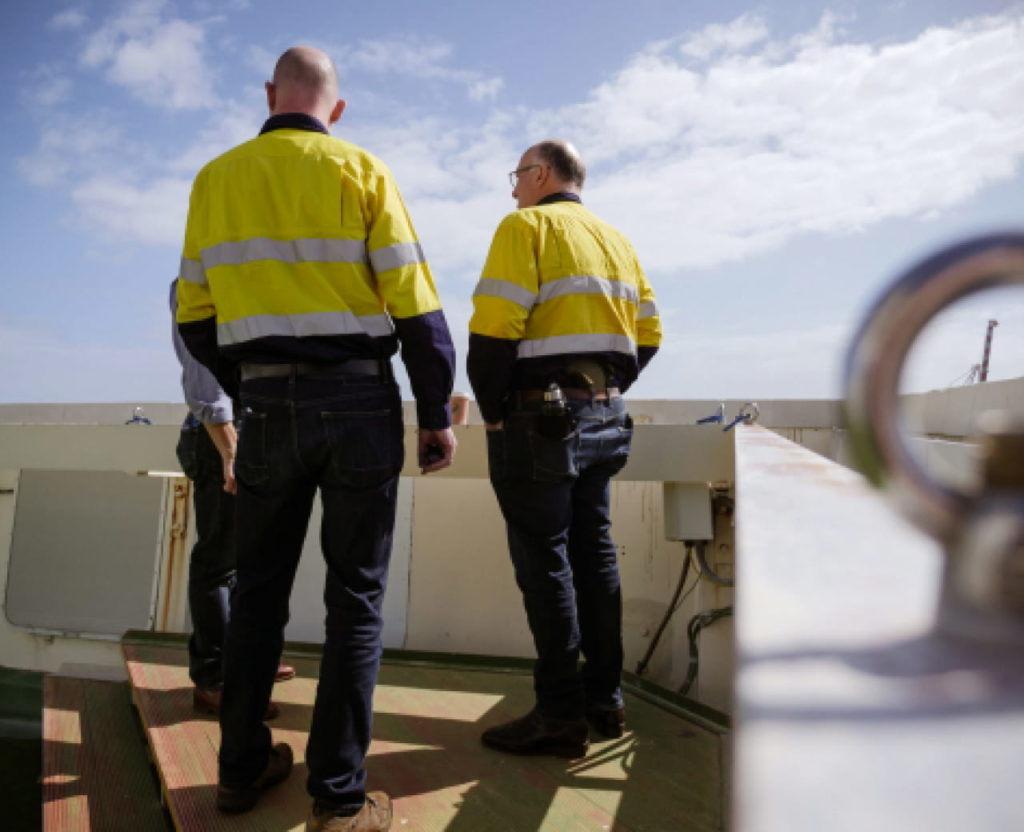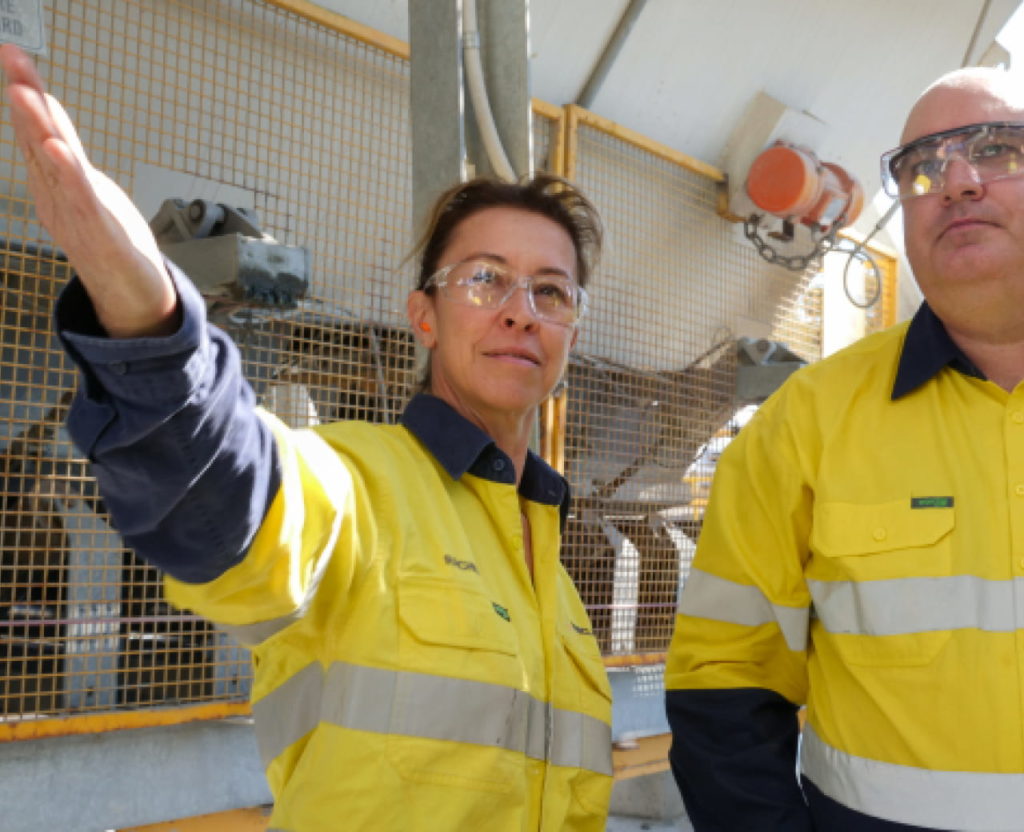Become a leader who values building trust within their team | How to Build Trust
Understand Your Influence
Appreciate the true scale of your shadow across your team.
Effective Accountability
Hear what makes accountability work well and what destroys it.
Discover relationship roles
Using the relationship diamond, recognise different relationship roles.
Build Trusting Relationships
Understand how high performing teams emerge from trust.
Recognise Trust Elements
Understand what can make trust and what can undermine it.
Set Clear Expectations
Set expectations and follow through with appropriate consequences.=
I love the use of different mediums, especially the use of the paper figures on video – not seen that before and it's really valuable!
It's great content delivered in a very approachable manner. The mixed approach of video and written content in bite-sized (minute or less) videos and one-pagers made for an easily digestible module. It was also great to see an element of humour used to further engage the audience!
David speaks really well – clear and concise.
Are you a leader who wants to improve trust within your team?
Developed by culture change expert, John Barclay, this course will increase your understanding of the elements that build trust while acknowledging your influence and power as a leader. For several years, John has delivered this course to leaders with outstanding results. Now, for the first time, this course is available in an online format for everyone to access.

A Key Element of Leadership
Leaders have the power to influence their teams whether they intend to or not. So, how do we best use this influence to create happy and productive teams? Culture change expert, Alan Stevenson is your guide for this short course on inspiring others.
Through this course you will learn about the importance of partnership to build credibility and what that looks like. Alan will teach you how to connect your team to the organisation’s ‘why’ and what an engaged employee looks like. You’ll also gain understanding on ways to promote engagement and how the power of listening, with curiosity, can change your leadership.

We'll Cover:
Distinguish Leadership vs. Management
Learn how to identify the key attributes of being a great partner that your team wants to follow.
Discovering your personal ‘Why’ or purpose
Discovering why you do what you do is a key first step in being able to create a vision for others to adopt.
How to create an engaged team.
Research identifies that around 60% of the Australia workforce are not engaged at the workplace and it’s the leaders responsibility to inspire and engage them.

What does great partnership look like?
Learn how to identify the key attributes of being a great partner that your team wants to follow.
Listening with curiosity
Listening well is a way to let people know that you care about them and coupling that with curiosity and asking powerful questions encourages them to feel included and valued.

Leadership & Culture
Have you got the HS culture in your organisation that you want? Are your leaders unclear or uncertain about the type of HS behaviours that lead to a good HS culture? We can develop and implement programs that improve your HS culture and your HS leadership performance.

Specialist Resources
Have you got a short-term HS resource issue, either to bridge a gap between recruitment, tackle an urgent project, or supplement your existing team for a specific period? We can provide you with specialist HS resources, that work with a coaching philosophy, to help you tackle your short-term HS resource needs.

Systems Improvement
Is your existing System too cumbersome or bureaucratic? Have you got repetitive HS issues that you’re struggling to fix? Is Contractor Management a problem that needs to be improved? We can work collaboratively with your team to develop and implement solutions that resolve HS issues, improves performance and increases efficiency.
Frequently Asked Questions
Professor Edgar Schein is someone who has spent his academic life researching and working with organisations on culture. This is one of his definitions:“I define culture as the sum total of everything an organisation has learned in its history in dealing with the external problems, which would be goals, strategy, how we do things, and how it organises itself internally,” which is how we’re going to relate to each other, what kind of hierarchy exists, etc. “These early learnings, if they are successful, become the definition but it’s always something that’s been learned. It’s not something that just can be imposed or that’s just there.”
The short answer is ‘Yes’, however the most senior people in any organisation bear great responsibility in enabling the type of culture they want to create. People will follow their lead, good or bad, and the results will follow.
A recent article published by the Royal Melbourne Institute of technology (RMIT) titled ‘Establishing a positive workplace culture: definition, tips & why it’s important’ includes the following characteristics of a positive workplace culture:
- Purpose-driven company culture
- Effective communication
- A culture of feedback
- Diversity Teamwork
- Engagement and loyalty
- Growth and development
Coaching in organisation and leadership settings is an invaluable tool for developing people across a wide range of needs. The benefits of coaching are many; 80% of people who receive coaching report increased self-confidence, and over 70% benefit from improved work performance, relationships, and more effective communication skills. 86% of companies report that they recouped their investment on coaching and more (source: ICF 2009).
Another highly regarded person on organisational culture is Professor Geert Hofstede, and he shares the following on the importance of workplace culture:
“Organisational Culture is one of the most important factors determining business performance. It dictates how things are done in an organisation, and it can be a powerful force for good or bad. If we imagine an organisation as an engine, Organisational Culture would be the oil for that engine. The right culture can be the reason for the success of your organisational strategy while the wrong culture can lead to poor performance or even complete failure.”
Changing an organisations workplace culture is never a simple, cookie cutter approach. There are models and methods that can be considered and applied but ultimately is relies on the senior leaders in the organisation (all the way to the board) and the level of commitment that they demonstrate. If the senior leadership do not provide the resources, then any desired change will fail.


Enquire Today

